How to harvest onion seeds – pro tips on technique, timing, and storage
The experts explain how to collect seeds from your homegrown crop, so you can sow more of these veggies for free
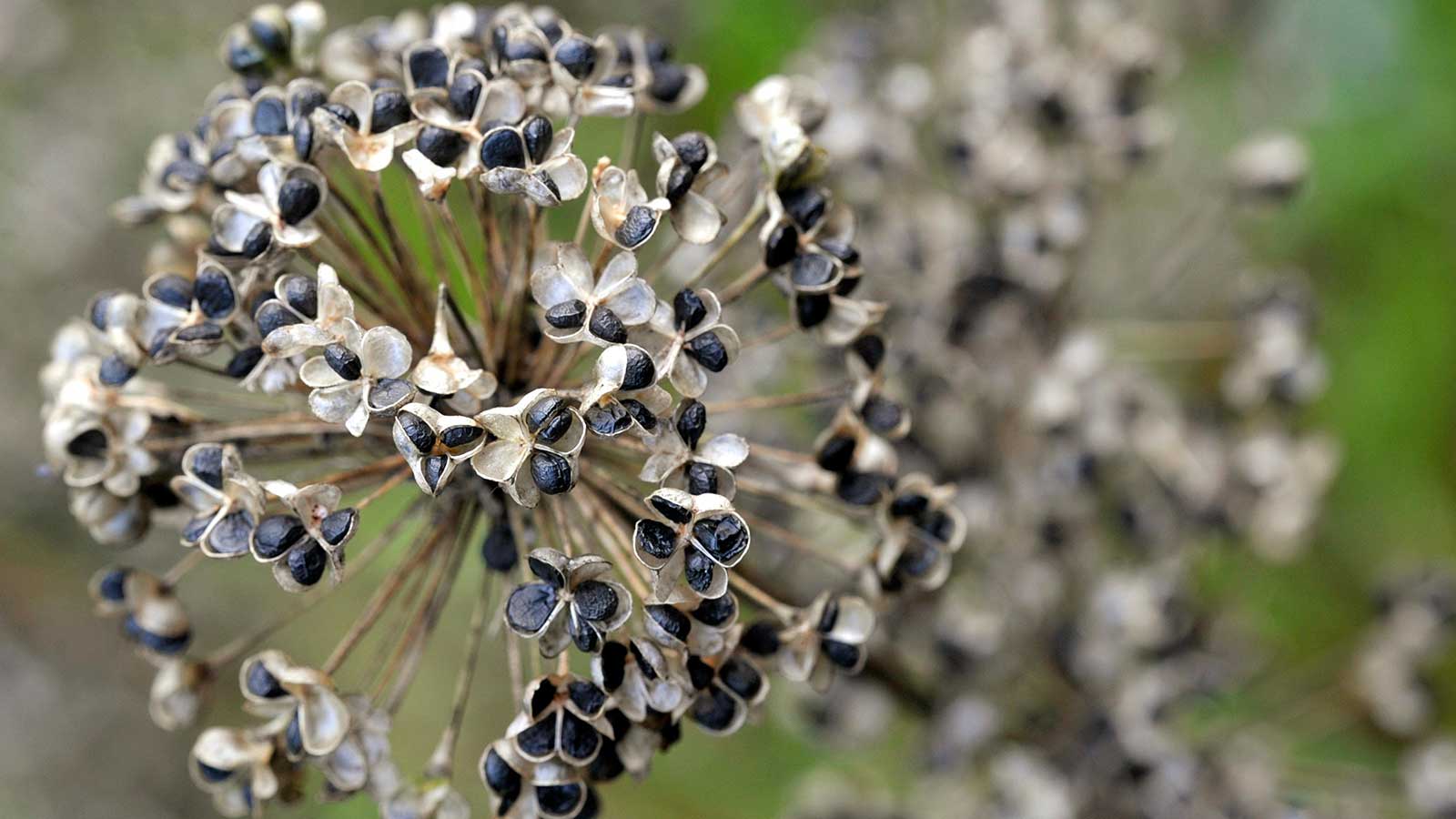
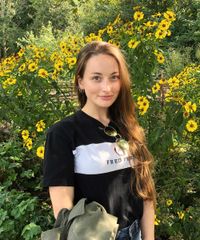
Q: I have grown a crop of onions in my raised beds and would like to harvest some of their seeds to sow. What's the best way to do this?
A: Onions are a staple ingredient in the kitchen and fun to grow at home – and collecting the seeds is a great idea for a free crop. Due to their natural growth cycle, it usually requires a bit of patience, but the method itself is relatively simple.
For tips on how to go about it (and when), as well as recommended varieties to harvest seeds from, I chatted with vegetable gardening experts. Below, they share insights into this budget-friendly gardening task.
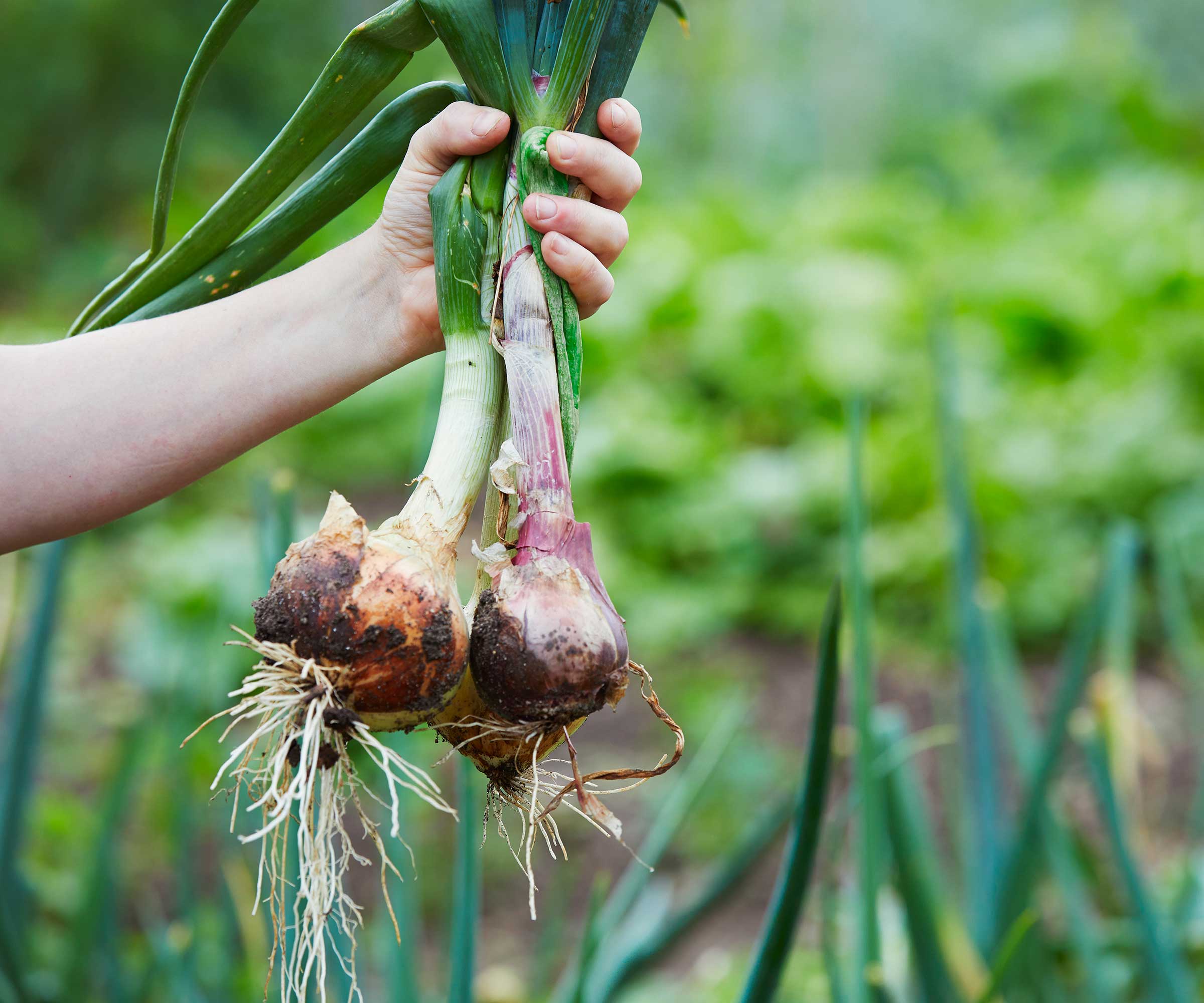
Onions are an easy crop to grow
A simple guide on collecting onion seeds for sowing
Whether growing onions in containers or in a larger vegetable garden, these tips will come in handy if you would like to save seeds.
When to harvest onion seeds

Allow some onion flowers to develop if you want to collect the seeds
Drew Swainston, a former professional gardener and content editor at Homes & Gardens, points out that onions are biennial plants, meaning they will bloom and produce seeds in their second year.
'This can mean a bit of forward planning if you want to harvest onion seeds,' he says. 'You can leave some onions in the ground to over-winter. However, if you have very wet ground over winter or lots of hard frosts, it may be beneficial to lift the onions and keep them somewhere cool over winter to plant again in spring.'
In very hot weather, your onions may bolt during the growing season, Drew adds. 'This speeds up the whole process. Let them flower and you can harvest the seeds that follow.'
Design expertise in your inbox – from inspiring decorating ideas and beautiful celebrity homes to practical gardening advice and shopping round-ups.
You can harvest onion seeds after the flower heads have dried and turned brown, advises gardening expert Tony O'Neill. Drew adds that it is best to let the seeds dry on the plant – when they're black, they're ready to collect.
Top tip: If wet weather is forecast, Drew advises cutting the seedheads earlier than you usually would (before they are fully dry), leaving a bit of stalk attached. Hang them upside down with a paper bag wrapped around them. 'The seeds should dry indoors and fall into the bag.'
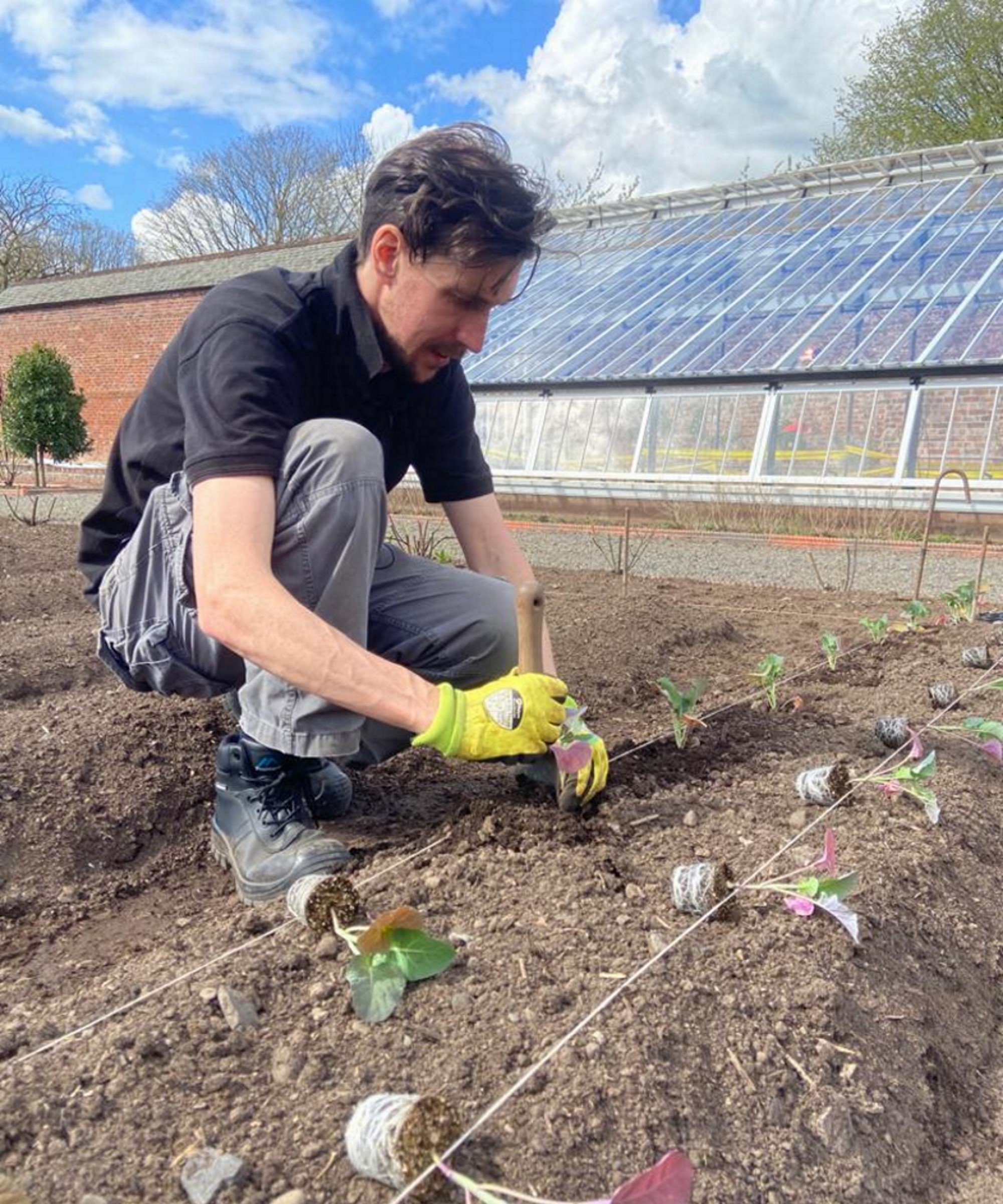
Drew qualified as a journalist and wrote for many websites and publications before studying for a horticulture qualification. He worked as a professional gardener for many years, specializing in kitchen gardening. He’s now bringing his expertise and passion to Homes & Gardens as a member of our team.
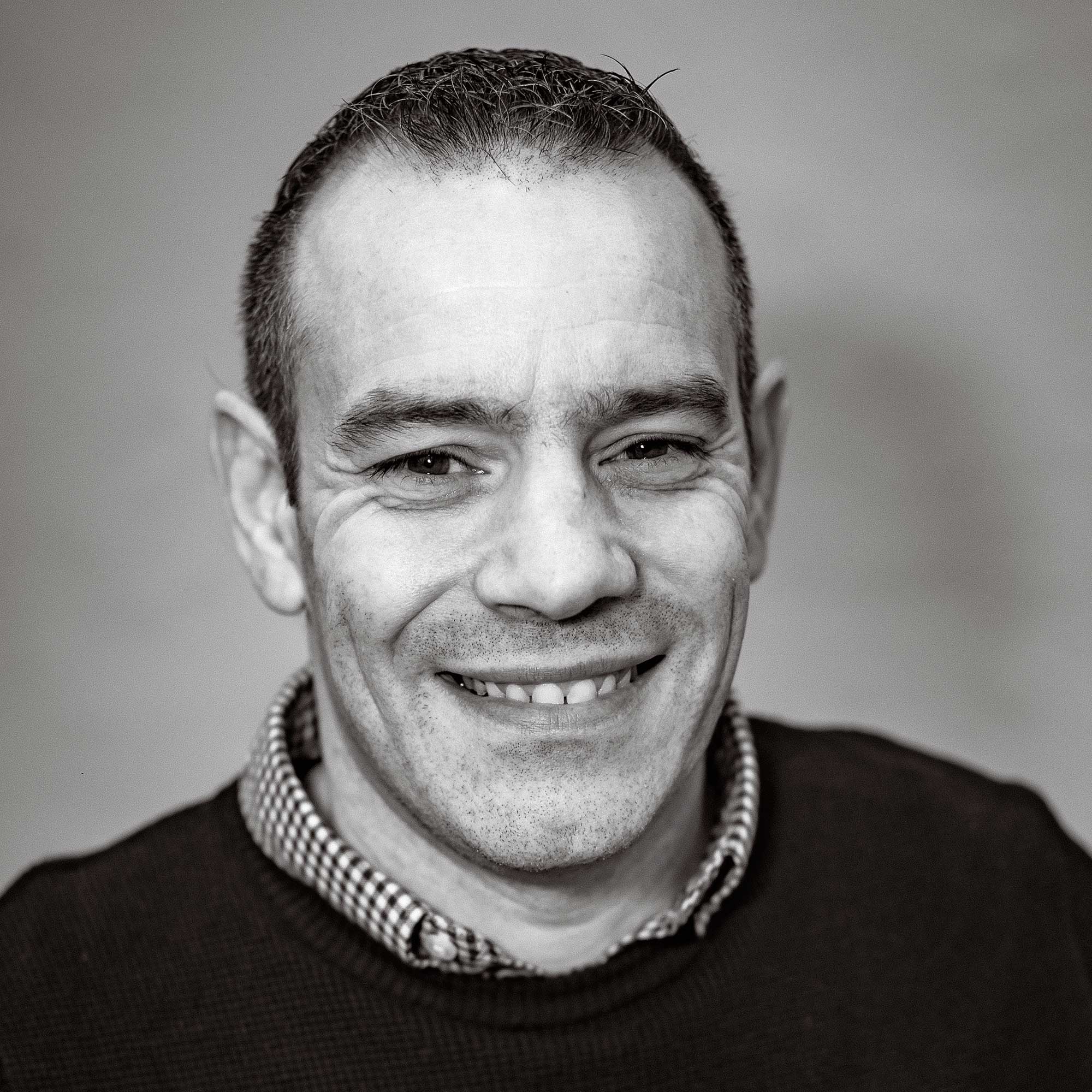
Tony O'Neill is a gardening expert, best-selling author, and educator. With a thriving YouTube channel boasting 434,000 subscribers and over 1.4 million monthly views, along with his award-winning website Simplifygardening.com, he shares his passion for gardening and sustainability. He has authored Simplify Vegetable Gardening, Composting Masterclass, and Your First Vegetable Garden, empowering individuals to cultivate their own green spaces.
How to harvest onion seeds

Onion flowers will eventually turn brown and turn into seedheads
Tony recommends cutting the dry seedheads off the plant and placing them in a paper bag. 'Allow them to dry further in a cool, dry place for about a week.'
Craig Wilson, co-founder, director, and gardening expert at Gardeners Dream, says, 'Once they are dry, give them a good shake. This will release the seeds.' Alternatively, you can gently crush the dried seedheads, suggests Tony. 'Separate the seeds from the chaff by hand or using a fine mesh sieve,' he adds.
FAQs
How should you store harvested onion seeds?
Just like when saving tomato seeds or coneflower seeds, proper storage is essential to ensure your collected onion seeds stay healthy.
'Ensure the seeds are completely dry before storage, to prevent mold or mildew,' says Tony. He recommends keeping them in a glass jar or a seed envelope, labeled with the variety and the date, in a cool, dark location. 'A refrigerator is ideal for maintaining seed viability,' he adds.
We like the transparent window on these seed packets from Amazon, plus they are resealable.
What varieties of onions should you harvest seeds from?
Stick to collecting seeds from heirloom varieties of onions, rather than hybrid ones. This will increase your chances of raising a new crop with the same characteristics, similar to when saving cucumber seeds.
Three heirloom varieties recommended by Tony are 'Yellow Sweet Spanish' ('known for its large bulbs and mild flavor,' he notes), 'Red Burgundy', and 'Walla Walla' (available from Seed Needs at Amazon).
Looking for more tasty crops to collect seeds from? Our guides on how to save watermelon seeds and how to save basil seeds are well worth a look.

Holly started writing about gardening five years ago, and she is a regular contributor to Homes & Gardens. She has also written many gardening features for Woman & Home and Real Homes, too. She has previous experience as a professional gardener, where she helped to plant and maintain private gardens. Holly has also looked after allotment plots over the years and loves to grow her own flowers and veggies from seed. In her spare time, she enjoys visiting local gardens, botanical drawing, and tending to her ever-growing collection of houseplants.
